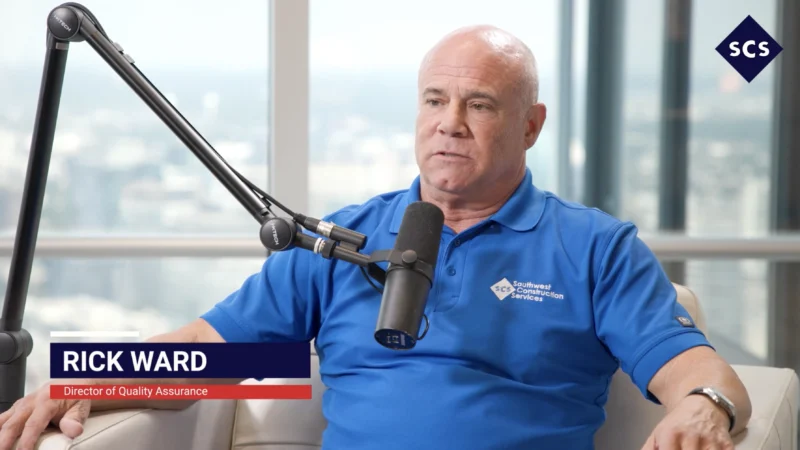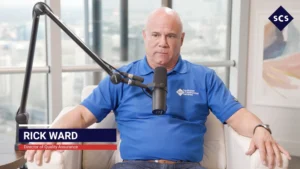The Valve Chronicles: Pressure Control Guideline Differences in Aircraft Fueling Operations Between the US & Europe
For this third episode in The Valve Chronicles’ look at the differences in aircraft fueling operations between the United States and Europe, the subject was pressure control and the differences in guidelines between the two geographies.
As always, to duke it out, Cla-Val’s Tom Boriack, Global Market Manager for Fueling, and Richard Hooton, Market Manager, Aviation & Ground Fueling, EMEA for Cla-Val Europe, joined host turned referee for the discussion, Tyler Kern. And, while Kern typically is the man of the podcast hour with questions, once Boriack and Hooton got going, Kern pretty much knew it was time to step back, let the sparks fly, and let these two aircraft fueling experts do their thing.
The most significant difference in discussing aircraft fueling operations between the U.S. and Europe, Boriack said, is that they operate under different standards or specifications.
“In the U.S., ATA (Air Transport Association of America, or A4A (Airlines for America), specification 103 kind of drives what our operators do both at fuel facilities and in-plane operations,” Boriack said. Similar guidelines for Europe, and in many other parts of the world, are JIG 1, issue 12.
While Boriack pointed out many of the differences in how the U.S. and Europe handle pressure control in aircraft fueling operations and how the lack of specific U.S. guidelines in some areas did leave some procedures a little unstandardized, Hooton was delighted to tout the European process.
“Because we have such a transparent procedure for pressure control, we can be in London, we can be in Geneva, we could be in Dubai, or we could be in Mumbai; it makes no difference,” Hooton said. “We are all talking about the same thing, and talking the same language, and all training the same way. And that is what is so good about the way we do it.”
Follow us on social media for the latest updates in B2B!
Twitter – @MarketScale
Facebook – facebook.com/marketscale
LinkedIn – linkedin.com/company/marketscale









